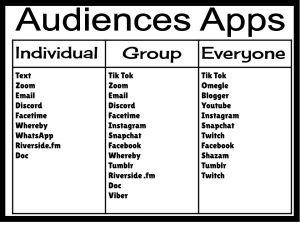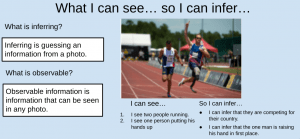I learned about what parts of a snail and crabs has.
First I watched a video about snail, slugs, and slime. I had to listen to the video so I can get information about them. In the video I learned that the front half of a snail or slugs foot will stretch out far along the ground. Both snails and slugs are covered in a special slime called mucus.
The mucus helps the snails and slugs to stay wet and avoid drying out and for another thing snails and slugs can also use the mucus to help them stick to things so they can stay still.
Next I had to find a photo of a snail and showing them about the parts of a snail. The parts that I found was mouth, eyes, head, foot, apex, mantel, shell lip, and shell. Those are the parts I found about the snail.
Lastly I had to draw a crab on a piece of paper and writing down the bodyparts of a crab. Some the crab parts were claws, eyes, walking legs, shell, and head.
I enjoyed learning about parts of a crab body. I need to improve on learning more about slugs. I did well on learning parts of a snail.

